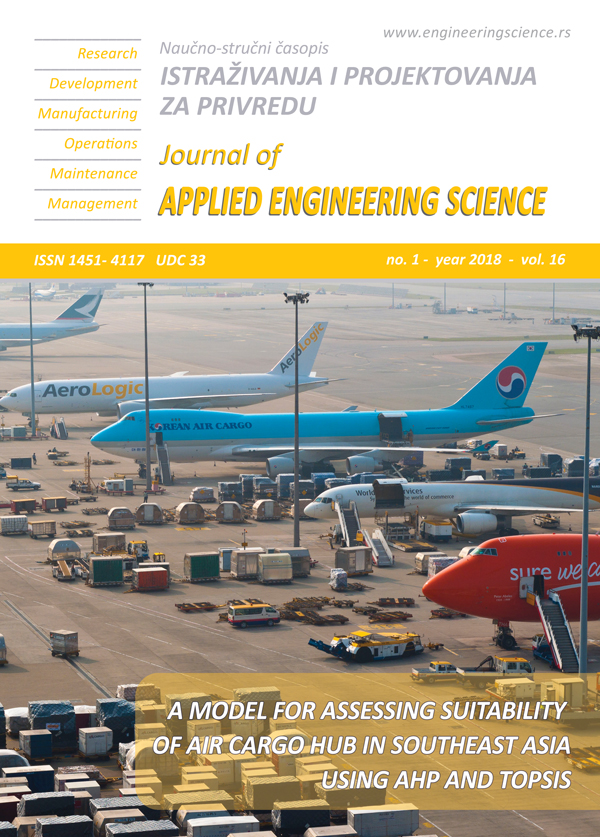MASS AND HEAT-INSULATION PROPERTIES OF THE BODIES OF PASSENGER/INSULATED RAILWAY CARS MADE OF VACUUM HONEYCOMB PANELS
Abstract
The goal of the study is to suggest an algorithm for optimizing honeycomb vacuum panels geometry to be used for the bodies of railroad passenger cars and insulated railroad cars, which would ensure the desired car strength, its minimum mass and improved heat-insulation properties. For the calculation of panel strength and heat transfer characteristics, the method of finite elements in the SolidWorks Simulation environment was used. An optimization criterion was suggested for the honeycomb structure of panels, which made it possible to select the panel geometry ensuring a minimal body mass for a passenger or refrigerated railroad car and the best thermal resistance for its enclosure. Static load strength tests of the models of passenger/insulated railroad car bodies made of solid plates identified the minimum permissible panel plate thickness for different parts of the car body. Сomparative trials and examinations of solid plates and honeycomb panels revealed the optimum honeycomb panel structure variants for different parts of the car body based on the optimization criterion minimum. Having replaced solid plates in car body models with profile-optimized honeycomb panels, we defined the mass and thermal resistance of the cars. For a passenger car, the mass of the body amounted to 11.14 t, the average thermal resistance was 3.187 m2K/W; for an insulated car, the mass of the body was 20.42 t and the average thermal resistance 6.211 m2K/W.

